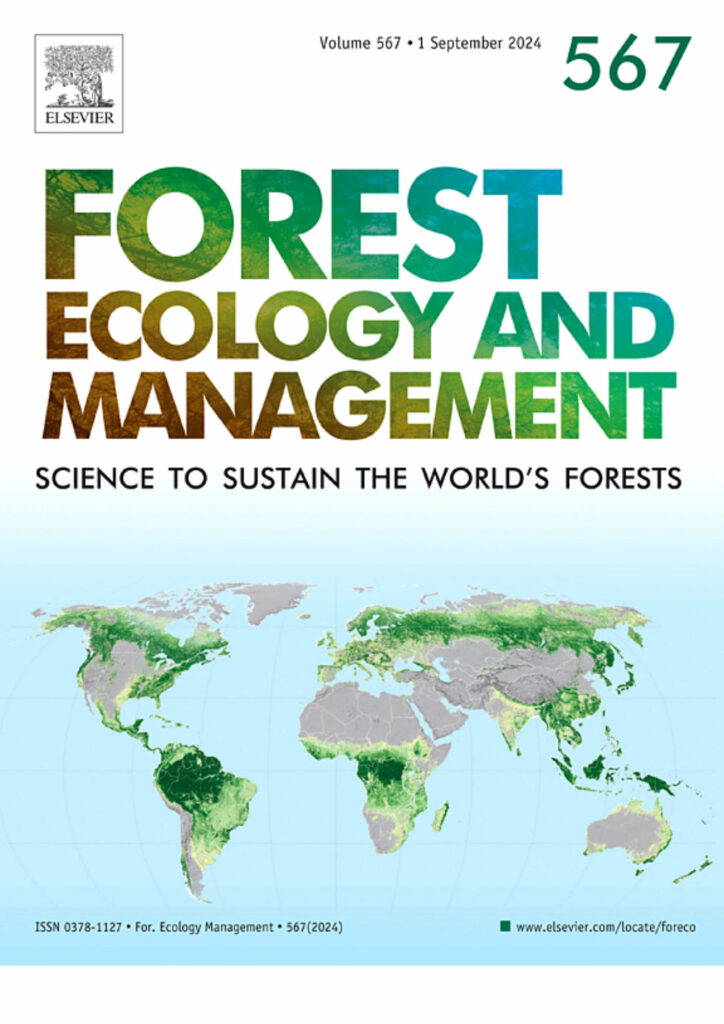Viktor Myroniuk, Axel Weinreich, Vincent von Dosky, Viktor Melnychenko, Andrii Shamrai, Maksym Matsala, Matthew J. Gregory, David M. Bell,
Raymond Davis
Abstract
The full-scale Russian invasion of Ukraine in 2022 has had a dramatic impact on Ukrainian forestry and forest resources. In this situation, the ability of the National Forest Inventory (NFI) to update forest information at the state level is very limited due to the large territory which is inaccessible for field data collection. This study presents an approach for the combined use of different sources of field observations and remotely-sensed forest vegetation imagery to produce a time series (TS) to characterize forest conditions and changes across Ukraine. First, we created a forest cover map for 2023 using reference information obtained through visual interpretation of high-resolution imagery at NFI plot locations. Then, we used newly collected NFI data (2021–2023) in areas controlled by the government of Ukraine territories, and retrospective Forest Management Planning (FMP) data (2019–2020) as a reference to map dominant tree species and forest attributes. Finally, we used a model-assisted estimation procedure to obtain information on forest resources over Ukraine, including Russian-occupied territories. We used a random forest classifier to map forest cover and dominant tree species, and gradient nearest neighbor (GNN) imputation to predict continuous forest attributes. Accuracy of the forest map over ecoregions correlates with forest cover; thus, we obtained the highest accuracy (90–98 %) for ecozones with forest cover of more than 40 %, and the lowest (about 60–72 %) for ecozones with forest cover of 2–7 %. The overall accuracy of dominant species classification was 76.3±1.5 %, the accuracy of mapping pure coniferous forest was 87–92 %, while it ranged from 35 % to 85 % for mixed deciduous forest. We found that FMP data greatly contributed to mapping forest attributes in inaccessible areas. The GNN model performed better in predicting basal area and growing volume (R2 = 0.44–0.47), but we found that predicting mean age, diameter, and height with optical data was still challenging (R2 = 0.10–0.35). The study revealed that the total forest area in Ukraine is 11.2±0.2 million ha and the mean growing stock volume is 251±5 m3·ha−1. Of that amount, about 1.7 million ha could be potentially affected by the war (temporarily occupied, contaminated, damaged, etc.), storing about 377 ± 15 million m3 of growing volume. Within this area, we identified about 67 thousand ha with some degree of canopy disturbance. This study creates a framework for further monitoring of forest resources in Ukraine and provides effective tools for spatial assessment of war-induced forest damage.
